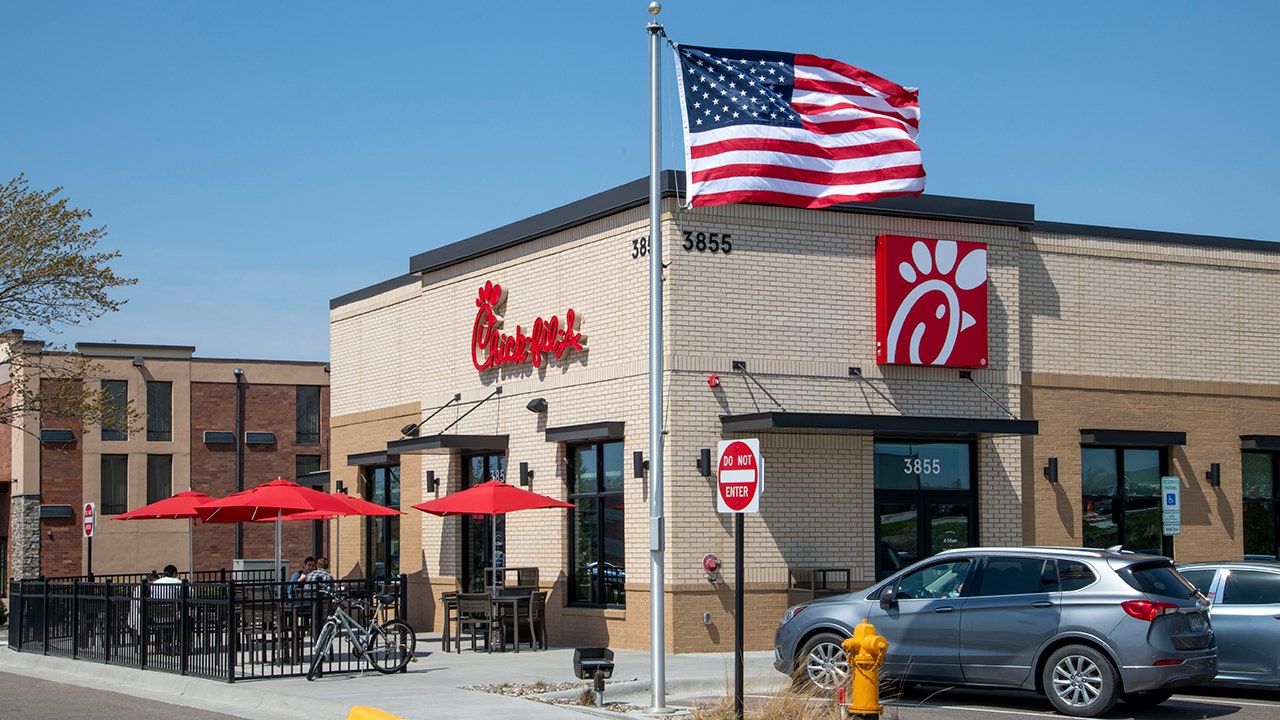Long recognized for its affordable housing and low cost of living, McAllen, TX, emerged as a COVID-19 pandemic-era boomtown—but that surge has since reversed.
McAllen—a city of 146,000 people situated just a few miles north of the U.S.-Mexico border—experienced the sharpest decline in popularity among local homebuyers over the past six years, according to a new report from Realtor.com®.
The report analyzed the 100 largest U.S. metros for cross-market demand. Economists looked at views of Realtor.com listings, comparing how many out-of-town visitors were looking at homes in a city versus how many locals were shopping for properties elsewhere between April and June 2025.
According to the latest data, during the spring season, 65% of online home shopping traffic in McAllen went to listings outside the city, representing a 30% increase from 2019—the biggest jump among all the analyzed metros.
Realtor.com economist Jiayi Xu explains that McAllen’s drop in homebuyer interest could be attributed to a combination of factors.
“Like many affordable markets, McAllen, TX, attracted new residents during the pandemic due to its low cost of living,” says Xu. “However, as home prices rose and return-to-office trends resumed, some of that migration has started to reverse.”
Lower affordability, higher unemployment
In June 2025, the median home list price in McAllen was $274,950, up more than 38% from the same period in 2019.
Meanwhile, the unemployment rate in the border city reached 6% in May of this year, compared with 5.4% six years ago.
In light of rising home prices and shrinking job opportunities in McAllen, local homebuyers began casting covetous glances toward more busting nearby metros like Austin and San Antonio, where there is an abundance of high-paying work.
According to the Realtor.com analysis, McAllen residents’ out-of-market online home searches directed at Austin and San Antonio surged from just 4.8% and 16.1%, respectively, to 10.7% and 18.9% over the past six years.
Ironically, McAllen might be a victim of its own success, as rising home equity has likely enabled residents to relocate to higher-priced metros.
“Over the last six years, home prices in McAllen have climbed 65.6% on a price-per-square-foot basis, significantly increasing homeowner equity,” says Realtor.com senior economic research analyst Hannah Jones. “This equity growth may be providing some local homeowners with the flexibility to pursue employment opportunities in other parts of Texas.”
But according to Jones, it’s not all bad news for McAllen, located just across the Rio Grande from Mexico—an area that has been at the center of the ongoing border crisis.
“While the ‘border crisis’ narrative could nudge some buyers or employers away from McAllen, there is no evidence of a mass exodus of population,” she says. “The area’s housing market remains stable, and its relative affordability means that the area sees strong demand from out-of-metro buyers.”












